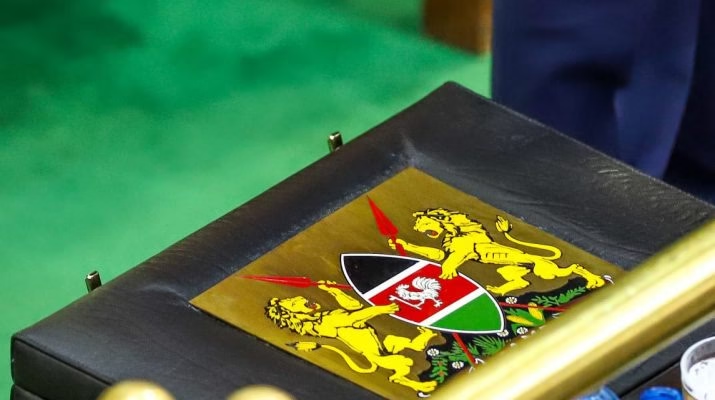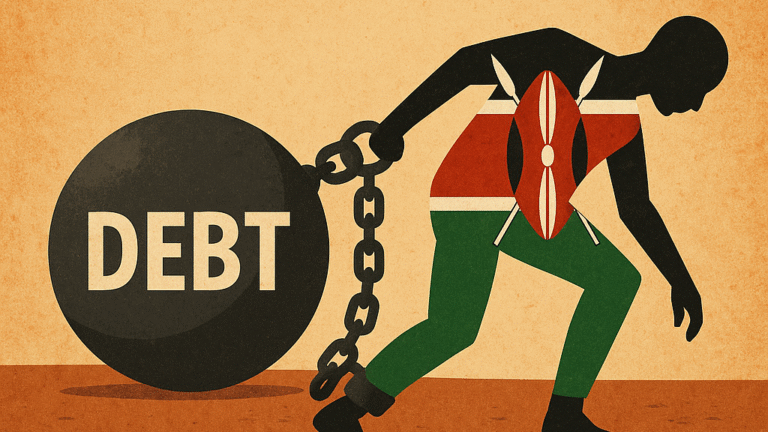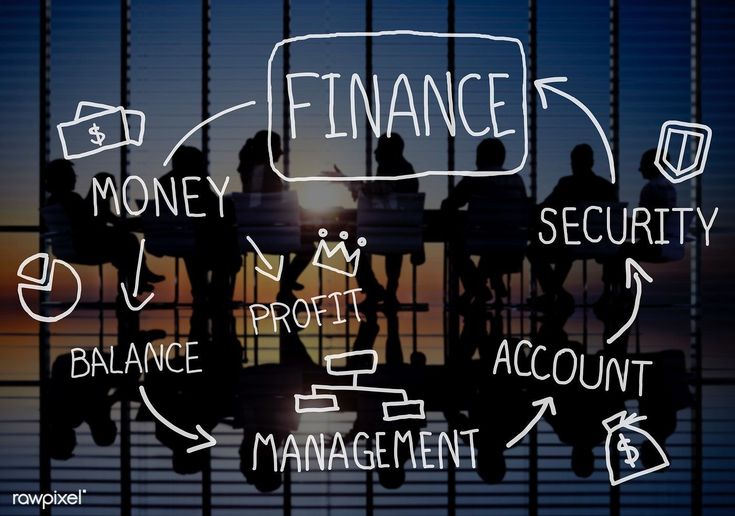
In a historic political shift, President William Ruto and opposition leader Raila Odinga have joined forces to unveil Kenya’s largest budget yet a colossal KSh 4.29 trillion blueprint aimed at redefining the country’s economic landscape.
Dubbed the “unity budget,” the 2025/26 financial plan marks a moment of political maturity as two of Kenya’s fiercest political rivals align on a national economic agenda. It reflects not only Kenya’s ambitious development goals but also a strategic partnership aimed at stabilizing the country’s economic trajectory and calming political tensions.
The Sh4.29 trillion budget represents a significant leap from the previous year’s Sh3.7 trillion, signaling an aggressive approach to economic expansion. The budget focuses on infrastructure, healthcare, education, and debt repayment while also introducing bold tax reforms to boost government revenue.
Approximately Sh1.2 trillion is earmarked for public debt repayment, a necessary burden as Kenya grapples with a mounting debt portfolio nearing the Sh10 trillion mark. In the budget, education receives Sh650 billion, while healthcare follows with Sh150 billion, emphasizing social development. Infrastructure projects (particularly roads and affordable housing) are allocated over Sh700 billion.
Revenue Measures and New Tax Policies
To fund the expansive plan, the government is introducing new taxes and tightening collection measures. A digital service tax will target online businesses and content creators, while excise duties are set to rise on alcohol, fuel, and sugary products. The Finance Bill 2025 also proposes stricter VAT compliance and reduced tax exemptions to widen the revenue base.
Critics have raised concerns over the increased cost of living, arguing that ordinary Kenyans may bear the brunt of these changes. Nonetheless, Treasury CS Njuguna Ndung’u insists the measures are necessary to reduce Kenya’s reliance on debt and create a sustainable fiscal future.
Perhaps the most talked-about aspect of this budget is the political cooperation behind it. The handshake between Ruto and Raila has evolved into a working partnership, with both leaders publicly backing the budget and calling for bipartisan support in Parliament.
Political analysts believe this alliance could shape future governance, potentially leading to more stable economic planning and reduced partisan gridlock.
Public sentiment is mixed. While many welcome the development-heavy spending plan, others remain wary of increased taxes and question the government’s ability to implement the proposals effectively. Civil society groups have called for transparency and regular updates on project progress and fund utilization.
Economists predict a GDP growth of around 6.1% in the coming fiscal year if the budget is well executed. However, they caution that success will depend on curbing corruption, maintaining political stability, and delivering real impact at the grassroots level.

